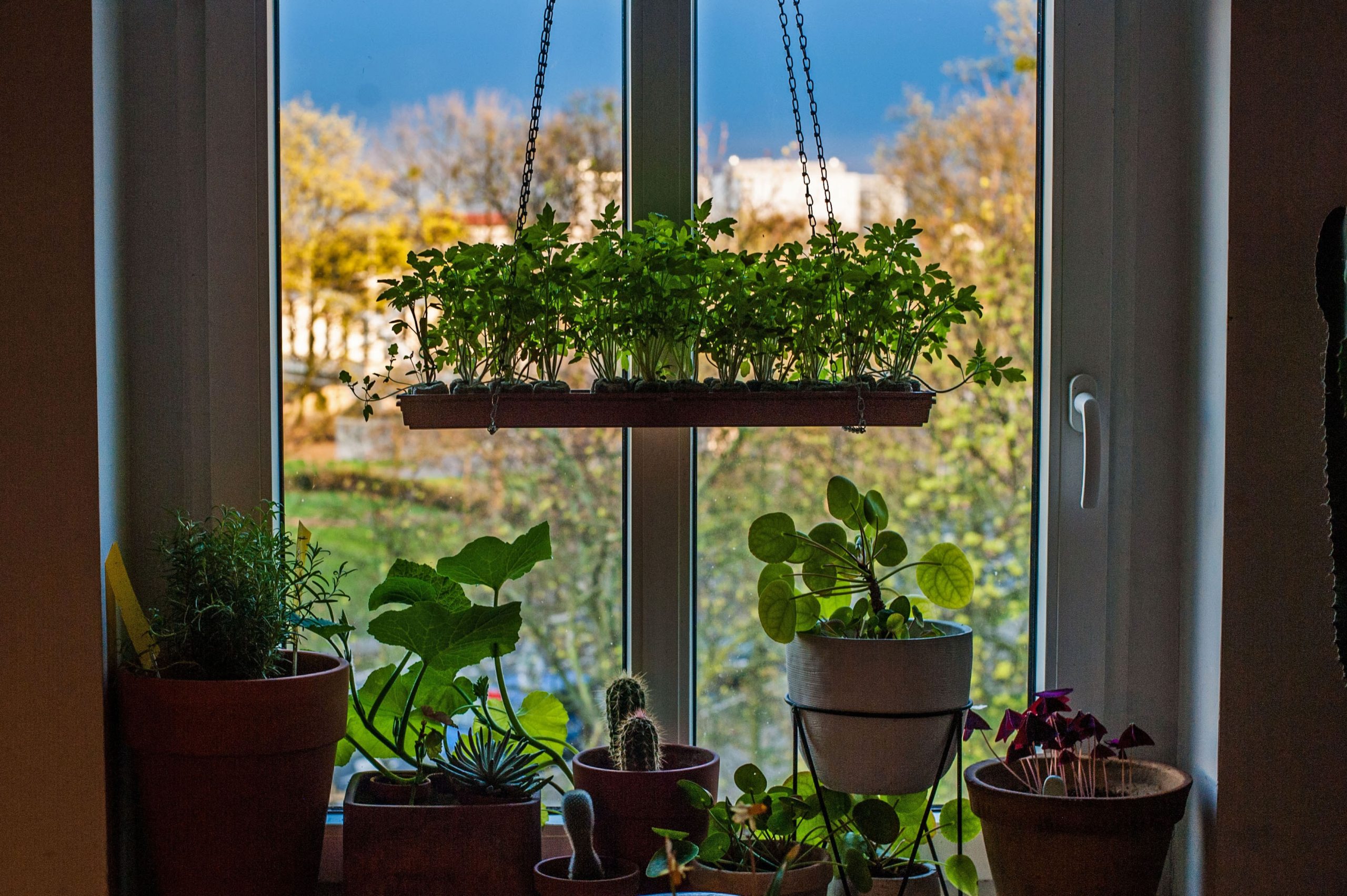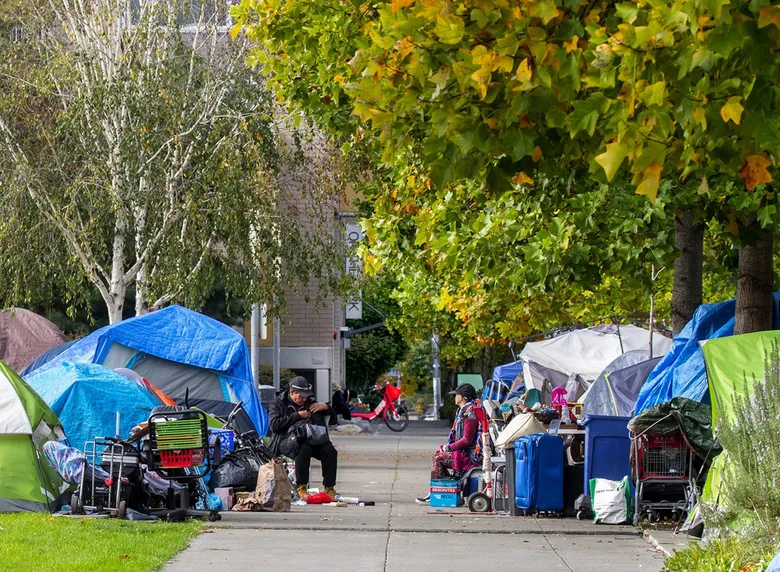Introduction
In today’s digital world, home buyers scroll through dozens of listings before contacting an agent. A static photo gallery often fails to capture a property’s true charm. Enter real estate videography: dynamic property videos that showcase homes in motion, highlight key features, and tell a story buyers can’t resist. By blending sweeping drone shots, guided walkthroughs, and professional editing, videography gives viewers an immersive experience—right from their screens. In this article, we explore the powerful impact of property videos on real estate marketing and why “Lights, Camera, Sold” is fast becoming the industry mantra.
Why Video Outperforms Photos and Text
1. Capturing Attention
Online attention spans hover around eight seconds. A well-crafted video immediately draws viewers in with movement, music, and engaging narration—far more effectively than a static room shot or written description.
2. Conveying Space and Flow
Videos guide viewers through a home, illustrating how rooms connect, how natural light moves throughout the day, and how indoor and outdoor spaces blend. This sense of flow helps buyers imagine living in the space.
3. Building Emotional Connection
Music, voiceovers, and ambient sounds create an emotional tone that photographs alone can’t match. Whether showing a cozy fireplace crackling or a backyard fountain’s gentle trickle, videography makes homes feel alive.
d. Boosting Engagement and Shares
Listings with video receive more clicks and social shares. On platforms like Facebook and Instagram, property videos often garner triple the engagement of photo posts, expanding reach and attracting a larger audience.
Key Elements of Effective Real Estate Videography
To maximize impact, property videos should include:
- High-Quality Equipment: Use 4K cameras and professional gimbals for smooth, crisp footage.
- Drone Aerials: Showcase entire properties, neighborhood amenities, and proximity to parks or schools.
- Interior Walkthroughs: A steady, guided tour through each room, highlighting unique features—vaulted ceilings, built-in shelving, or chef-grade appliances.
- Natural Lighting: Film during “golden hour” (early morning or late afternoon) when sunlight is soft and warm.
- Engaging Script or Music: A concise voiceover or fitting background music sets the mood without overwhelming the visuals.
- Concise Editing: Keep videos between 60 and 120 seconds. Short, focused content retains viewer interest.
- Call to Action: End with clear next steps—schedule a tour, contact an agent, or visit an open house.
Each element works together to create a seamless and persuasive viewing experience.
The ROI of Property Videos
Investing in real estate videography pays off in several ways:
- Faster Sales: Homes with video listings often sell up to 50% faster than those without.
- Higher Sale Prices: Buyers perceive video-marketed homes as more valuable and are willing to pay a premium—on average 5–10% above market value.
- Reduced Marketing Costs: Fewer open houses and print ads are needed when online video generates strong buyer leads.
- Broader Audience: International or out-of-state buyers can virtually tour properties, expanding the pool of potential buyers.
Agents and sellers report a net gain in time and money when they prioritize videography as part of their marketing strategy.
Case Studies: Success Stories
1. Suburban Family Home
An agent in Ohio added a 90-second video to a listing of a four-bedroom ranch. Within 48 hours, online views tripled, and open-house attendance doubled. The home sold 30 days faster than similar properties in the neighborhood.
2. Luxury Condo in Miami
A 2-minute drone and walkthrough video spotlighted ocean views and rooftop amenities. The video went viral on Instagram, attracting international buyers. The condo sold at 8% above the listing price within two weeks.
These examples demonstrate videography’s ability to accelerate sales and enhance property value across market segments.
DIY vs. Professional Videographers
1. DIY Approach
- Pros: Lower upfront cost; agent control over the shoot.
- Cons: Learning curve for filming and editing; risk of amateur quality that may deter buyers.
2. Professional Services
- Pros: High-end equipment, experienced crews, polished editing, and consistent brand presentation.
- Cons: Higher cost—typically $300–$800 per video—but often offset by faster sales and higher sale prices.
For best results, agents should weigh budget against desired quality and their own time constraints. Many top-selling agents partner with local videographers to deliver a professional finish that stands out in competitive markets.
Integrating Video into Your Marketing Plan
To fully leverage real estate videography:
- Embed on Listing Sites: Add videos to MLS pages, Zillow, and Realtor.com for maximum exposure.
- Share on Social Media: Post short teaser clips to Facebook, Instagram Reels, and TikTok with a link to the full video.
- Email Campaigns: Send targeted emails to buyer leads featuring the video as a dynamic call-to-action.
- Website Showcases: Create a “Featured Listings” section with embedded videos on your agency’s website.
- Virtual Open Houses: Host live-stream tours on YouTube or Facebook for remote viewers to ask questions in real time.
A coordinated approach ensures videos drive traffic across all your channels and engage buyers at every touchpoint.
Overcoming Common Challenges
1. Budget Constraints
Start with short, focused videos on your highest-value listings. As you see return on investment, expand videography to more properties.
2. Scheduling Conflicts
Plan shooting dates in advance, coordinating with homeowners and agents. Early morning shoots avoid busy schedules and ensure soft lighting.
3. Technical Hurdles
Work closely with your videographer or take a short online course in basic filming techniques—lighting, composition, and editing—to improve DIY efforts.
By anticipating these issues, agents can smoothly integrate videography into their workflow without major disruption.
Conclusion
Real estate videography is no longer a luxury—it’s a necessity for agents and sellers who want to stand out. Through engaging property videos that blend drone aerials, guided walkthroughs, and polished editing, homes sell faster and for higher prices. By embedding videos on listings, sharing on social media, and hosting virtual tours, you reach broader audiences and create deeper emotional connections with buyers. Whether you hire a professional crew or start with DIY efforts, prioritizing videography transforms marketing from “just another listing” to a cinematic showcase. Lights, camera, sold—embrace video and unlock your properties’ full potential.










